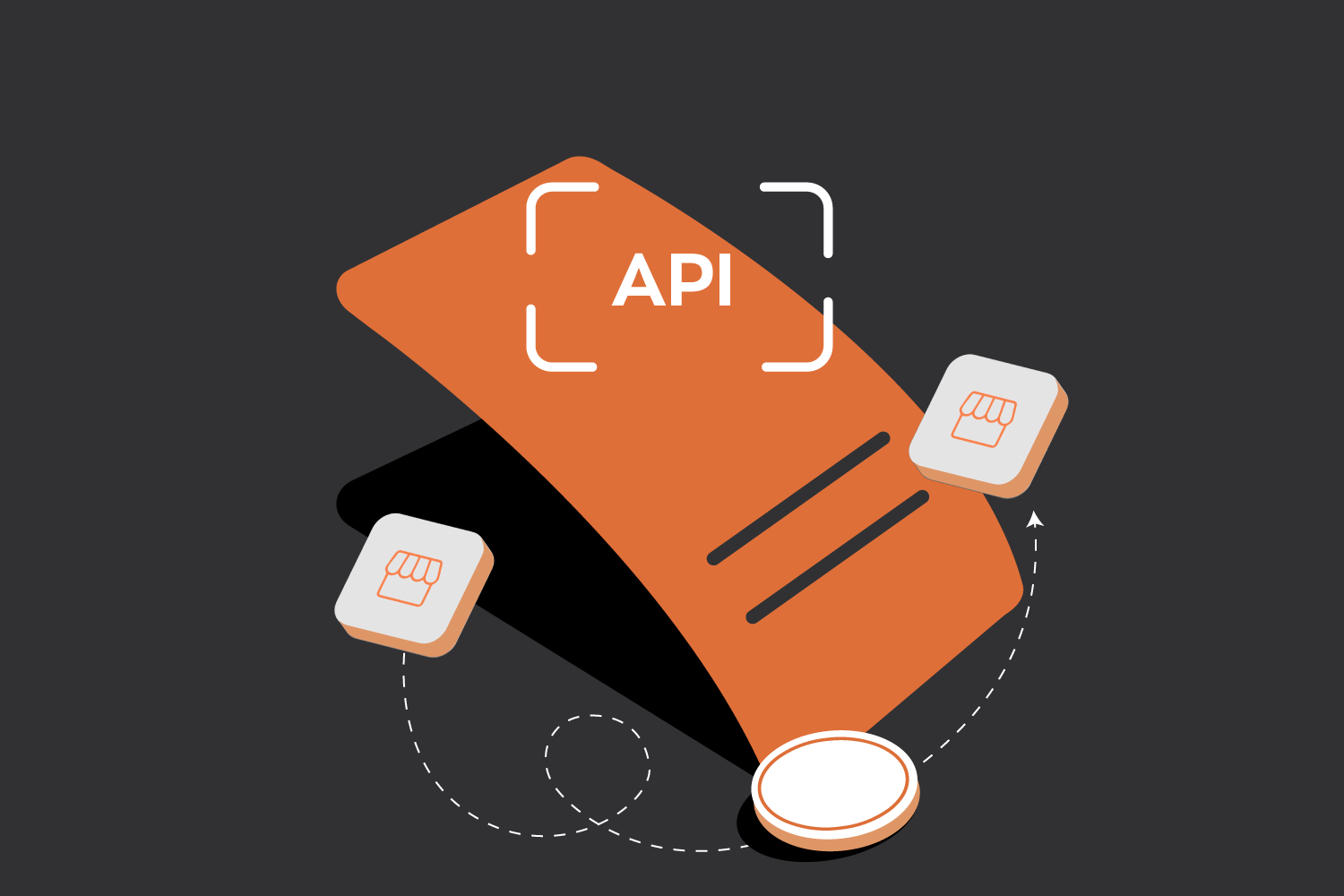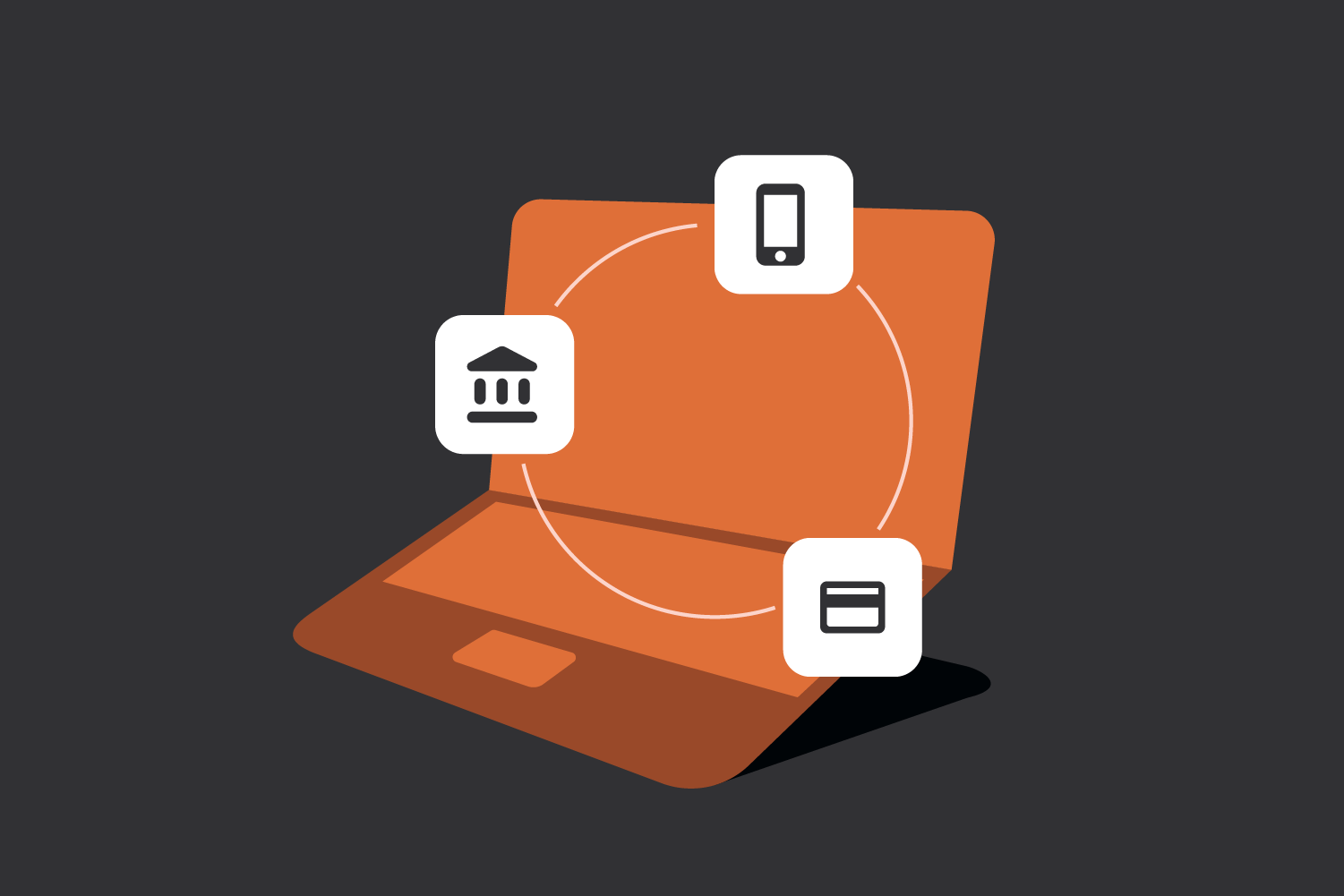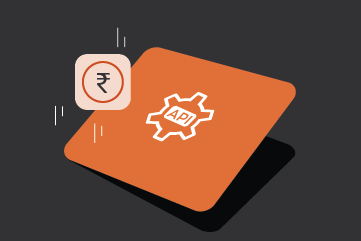Imagine booking a cab, paying effortlessly within the app, and even splitting the fare with a friend—all without switching between multiple apps. Or think about shopping online and opting to pay in installments directly at checkout. These interactions have become so common in our daily lives that we rarely consider the technology behind them. This is nothing but embedded finance at work—the integration of financial capabilities directly into non-financial platforms. It’s no longer just an added feature; it’s a strategic advantage driving convenience, customer loyalty, and business growth.
But what exactly is embedded finance, and why is it becoming essential for online businesses? Let’s explore.
What Is Embedded Finance?
At its core, embedded finance is the integration of financial services into a non-financial business’s ecosystem. It enables platforms to provide services like payments, lending, insurance, or banking directly within their user interface, creating a seamless customer experience.
APIs in embedded systems play a crucial role in connecting platforms to financial services, ensuring seamless integration and uninterrupted customer experiences.
For instance, consider an online marketplace where customers can not only shop but also access instant credit for purchases without involving a separate lender. Or a logistics company offering shipment insurance as part of the booking process, eliminating the need for external coordination. These are examples of how it simplifies processes and enhancing convenience for users.
Why Is Embedded Finance Important for Online Platforms?
Here are the key reasons why it is reshaping industries:
Enhanced Customer Satisfaction and Engagement
Seamless user experiences are essential for retaining customers. Embedded finance eliminates friction by reducing the number of steps customers need to take. Instead of redirecting users to third-party financial services, everything happens within the platform.
Example: An e-commerce platform offering Buy Now Pay Later(BNPL) allows customers to complete their purchases instantly while spreading payments over time.
Expanding Revenue Opportunities
By embedding financial services, platform based businesses can access new revenue channels. These include transaction fees, loan interest, and premium services like extended warranties.
Example: A travel app can partner with a lending provider to offer travel loans, earning a commission for every approved loan.
Driving Long-Term Customer Retention
Customers who find everything they need in one place are more likely to stay loyal to that platform. Embedded finance helps businesses build an ecosystem that customers won’t want to leave.
Example: A ride-hailing app offering a wallet feature ensures users keep funds in the app, reducing the likelihood of switching to competitors.
Faster Market Differentiation
Competition is fierce, especially in e-commerce, logistics, and SaaS industries. Embeddeding financial tools provides a competitive edge by adding value and convenience that set businesses apart.
Example: A subscription platform offering automatic payment renewal with personalized loan options stands out from others that rely on manual or third-party systems.
Use Cases of Embedded Finance
Payments
Enabling instant payments directly within a platform is one of it’s most popular applications. Customers can pay for services or products without redirecting the user to an external payment page.
Example: A food delivery app allows users to pay using a payment gateway directly in the app via an in-context page without redirecting the customer to a browser.
Lending
Platforms can offer credit or loans to users for purchases, creating opportunities for higher conversion rates.
Example: A B2B marketplace offering short-term loans to small retailers to buy inventory during checkout.
Insurance
Embedding insurance options, such as travel or product protection, add a layer of security and convenience for customers.
Example: An airline ticketing platform providing travel insurance as an optional add-on during booking.
Savings and Investments
Platforms can also encourage users to save or invest directly through embedded financial products.
Example: A gig worker platform offering micro-savings plans for its freelancers.
How FinTechs Power Embedded Finance
Embedded finance is made possible by FinTech APIs. These APIs connect online businesses to financial service providers, enabling smooth integration of financial features without building infrastructure from scratch.
Key Embedded Finance APIs Driving Innovation:
- Payment APIs: Facilitate quick, secure transactions directly on the platform.
- Payout APIs: Enable instant payments to suppliers, freelancers, or partners.
- Lending APIs: Let platforms offer credit products like loans or BNPL options.
- Account Verification APIs: Ensure accurate onboarding and reduce errors in payment processing.
Interested in our APIs? Let’s talk!
Tell us your automation goals, and we’ll set you up with a free, personalized demo from our API expert.
Click HereThe Benefits of Embedded Finance for Online Platforms
Streamlined Operations and Simplified Processes
By partnering with fintech providers, non-financial businesses can outsource the heavy lifting of compliance, licensing, and infrastructure maintenance. Doing so allows them to focus on their core offerings.
Increased Customer Lifetime Value (CLV)
When platforms integrate financial services, they provide added value that encourages repeat use and increases each customer’s lifetime value.
Scalable Growth
Embedded finance solutions can scale alongside businesses as they grow. Whether its about providing more payment options or expanding to new markets, fintech APIs make it easy.
Global Opportunities
For platforms operating internationally, it can simplify cross-border transactions and currency conversions, making it easier to serve global customers.
The Future of Embedded Finance
Embedded finance is more than just a trend—it’s a fundamental shift in how businesses interact with customers. As platforms continue to innovate, embedded finance will play an increasingly central role in shaping customer experiences, driving growth, and unlocking new revenue opportunities.
For businesses, adopting embedded finance is no longer a question of “if” but “when.” Those who embrace this transformation will be better equipped to thrive in an ever-changing digital economy.
Conclusion
Embedded finance is revolutionizing online businesses, offering them the tools to enhance customer experiences, diversify revenue, and stand out in competitive markets. Fintech APIs enable easy integration, allowing companies to quickly adopt financial features and unlock immense value.
Whether you’re an e-commerce platform, a ride-hailing app, or a SaaS company, it is the key to future-proofing your business. Start exploring this transformative opportunity today.
FAQs
What is embedded finance, and how does it work?
Embedded finance integrates financial services into non-financial platforms, enabling seamless transactions, lending, insurance, and more. It uses FinTech APIs to connect businesses with financial service providers, allowing financial functionalities to be embedded directly into their platforms.
Why is embedded finance important for online businesses?
Embedded finance improves customer experiences, creates new revenue streams, enhances customer retention, and gives businesses a competitive edge by offering financial services directly within their platforms.
What are some real-world examples of embedded finance?
Examples include:
- E-commerce platforms offering “Buy Now, Pay Later” at checkout.
- Ride-hailing apps with built-in wallets for seamless payments.
- Logistics platforms offering shipment insurance during booking.
How do FinTech APIs enable embedded finance?
FinTech APIs facilitate the integration of financial features such as payments, lending, insurance, and account verification into online platforms. They eliminate the need for businesses to build complex financial infrastructure from scratch.
How can businesses start using embedded finance?
Businesses can begin by identifying the financial services that align with their offerings and then partnering with FinTech providers like Zwitch, which offer APIs to integrate these services seamlessly into their platforms.











